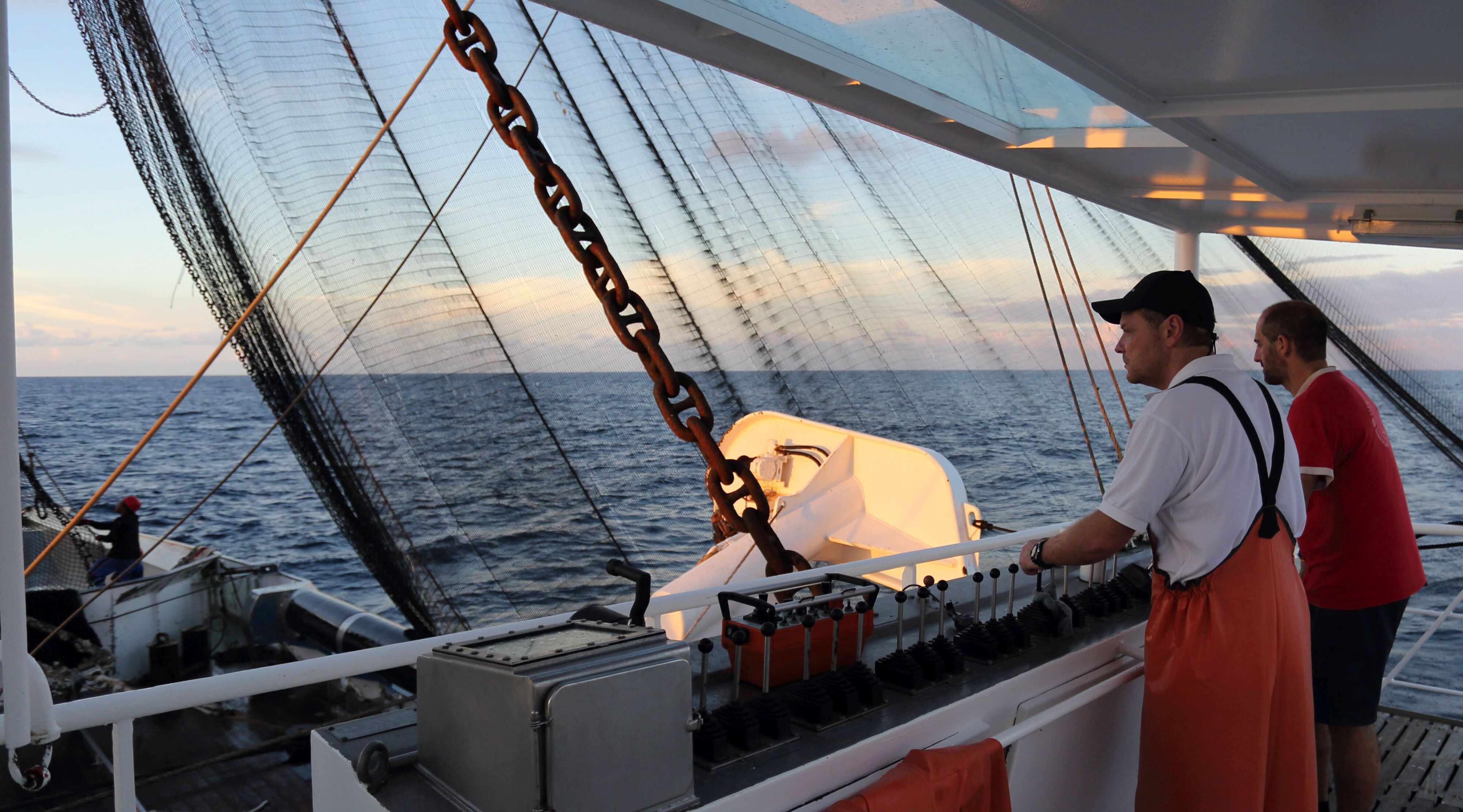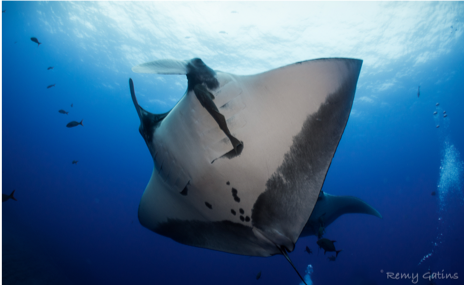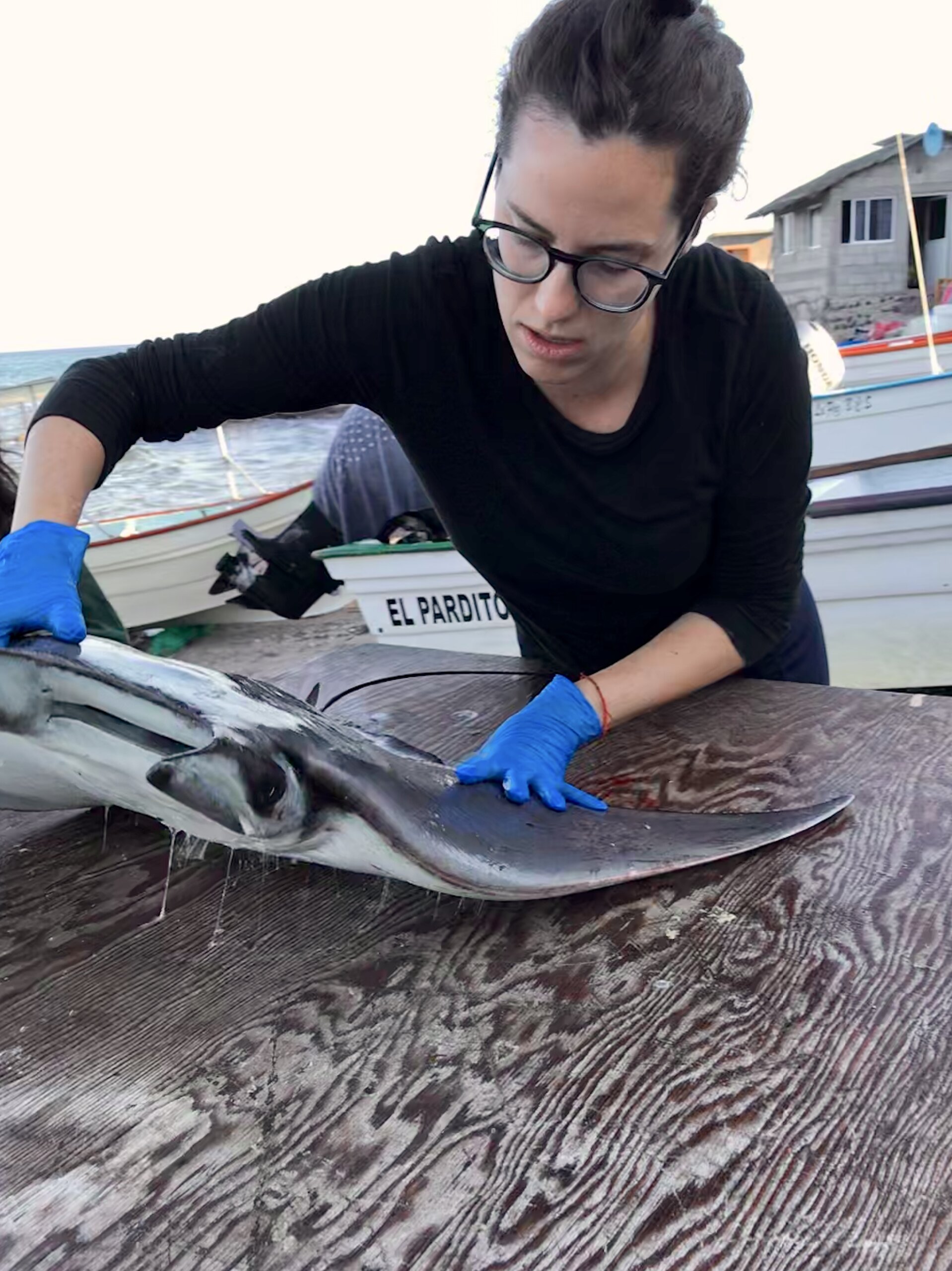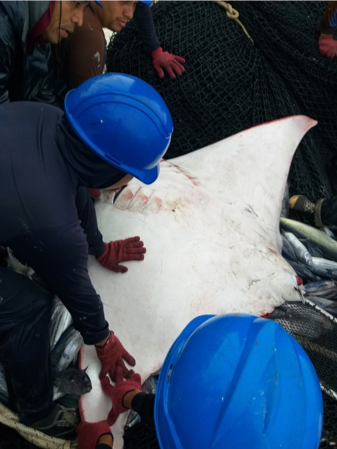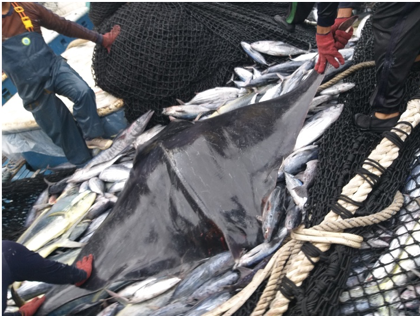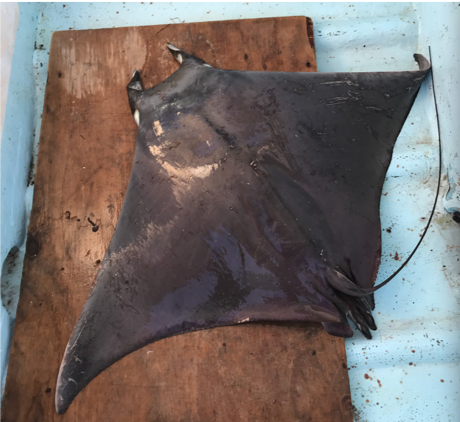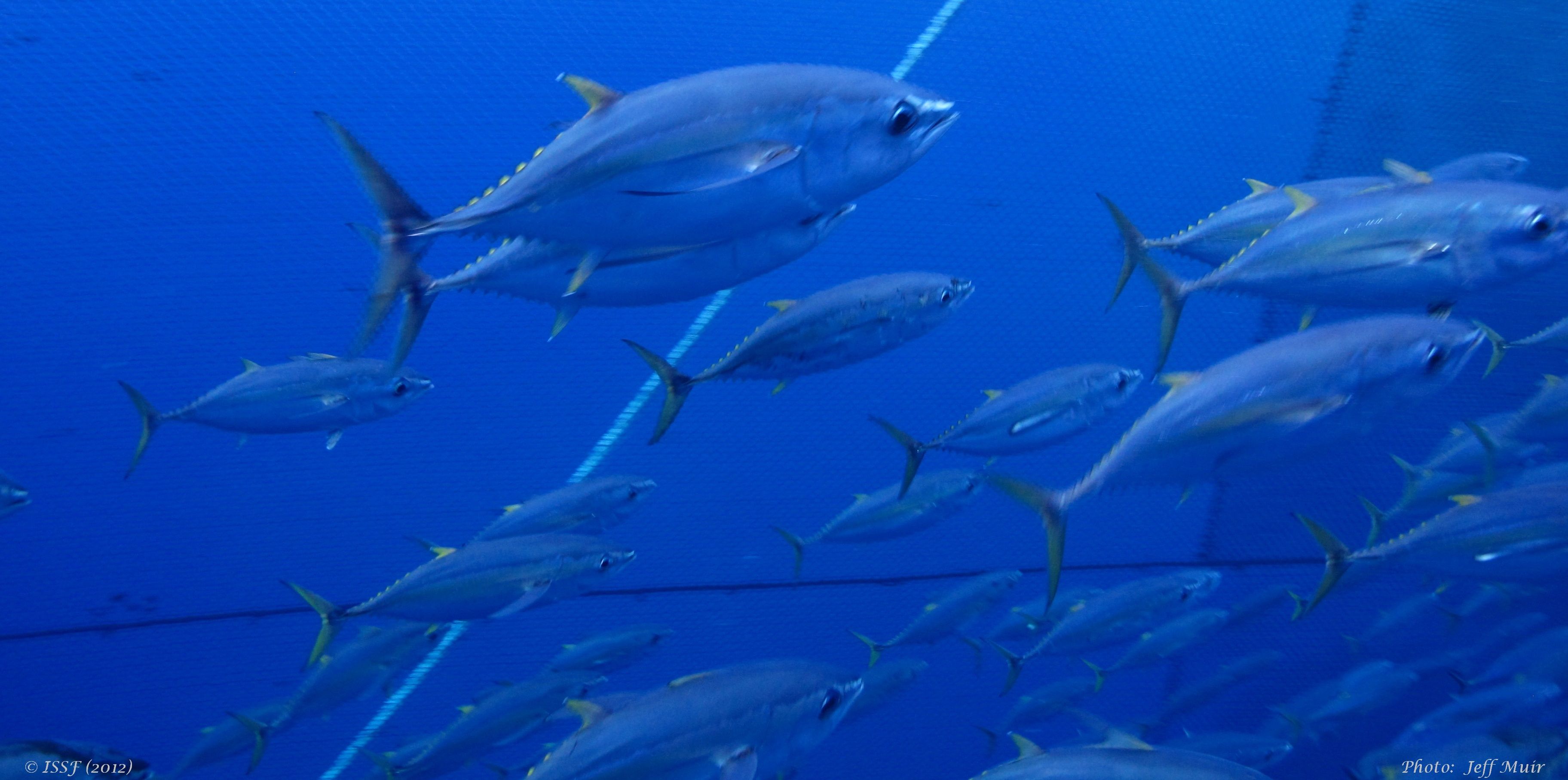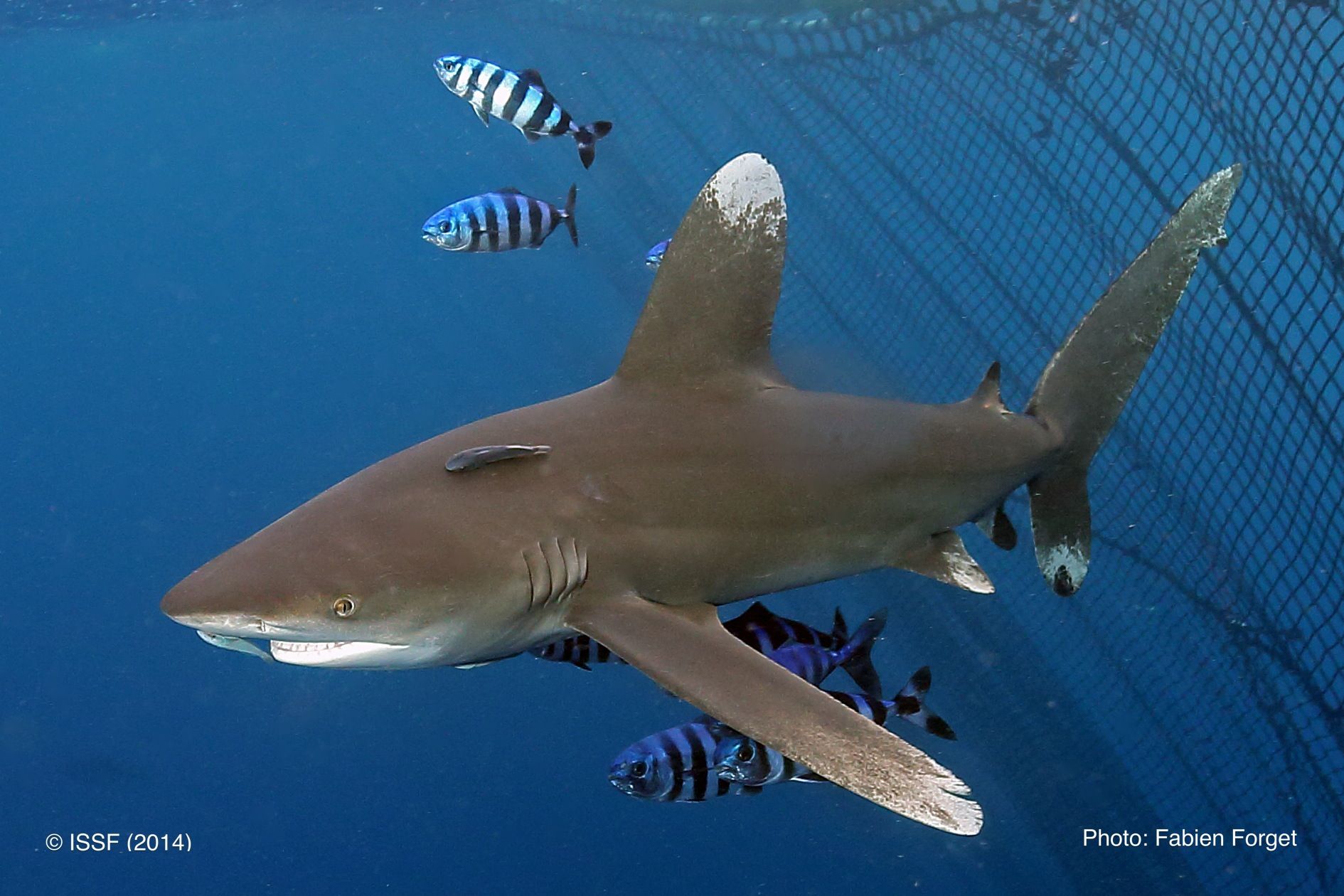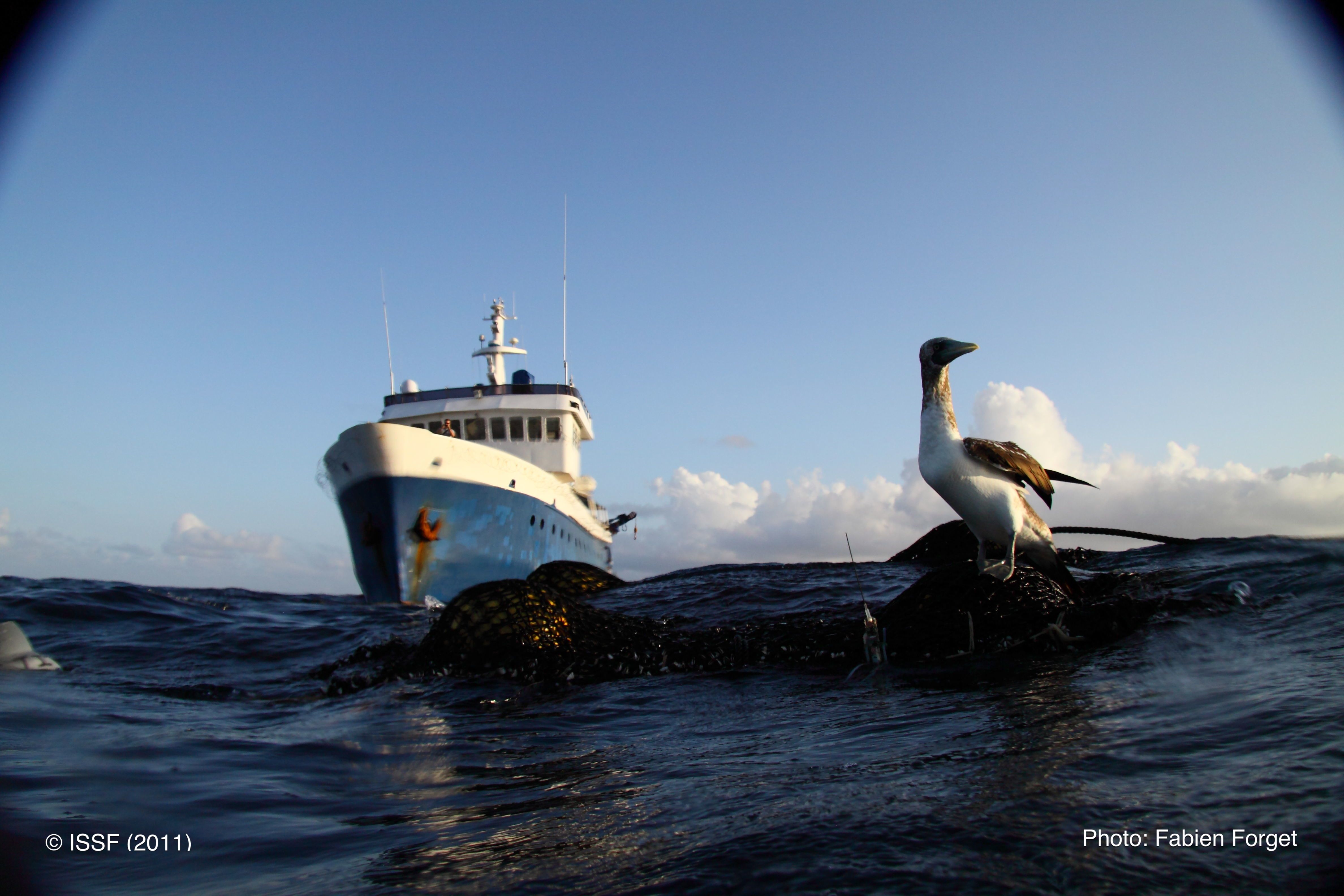Becoming Certified: How Tropical Tuna Purse-Seine and Longline Fisheries Can Achieve MSC Standards
The International Seafood Sustainability Foundation (ISSF) has updated two comprehensive reports that share recommendations for both purse seine and longline fisheries pursuing Marine Stewardship Council (MSC) certification.
ISSF 2020-11: Recommended Best Practices for Tropical Tuna Purse Seine Fisheries in Transition to MSC Certification, with an Emphasis on FADs and ISSF 2020-10: Recommended Best Practices for Tuna Longline Fisheries in Transition to MSC Certification are based on Marine Stewardship Council (MSC) fishery-certification standards and organized by MSC principles and performance indicators. They are intended to be used as practical resources for purse-seine and longline fisheries in Fishery Improvement Projects (FIPs) to address problems, close gaps, and earn MSC certification. They can also be used by already-certified fisheries that have Conditions that need to be remedied.
Download our reports summarizing best practices that #purse #seine and #longline #fisheries should follow to pursue @MSCecolabel certification. Share on X“Helping all tuna fisheries to be sustainable and meet MSC certification standards without conditions is ISSF’s ultimate objective,” said ISSF Vice President of Science Victor Restrepo. “Because FIPs are so instrumental in that process, ISSF emphasizes tools and resources, along with scientific expertise and RFMO advocacy, to support those improvement projects. We believe these reports can be useful both for the 45-plus tuna FIPs currently active worldwide, as well as aspiring FIPs that are beginning to take the necessary steps to commence.”
The purse seine report summarizes science-based best practices for tropical tuna purse-seine fisheries that make both fish aggregating device (FAD) sets and free-swimming school sets. The longline report summarizes recommended best practices for tuna longline fisheries that aim to participate in Fishery Improvement Programs (FIPs) with the objective of achieving MSC certification.
In both reports, the recommended practices are linked to MSC Fishery Certification Requirements including suggested examples for concrete actions that the fleets can implement.
Best Practices in Purse Seine Fishing
ISSF Technical Report 2020-11 references requirements from Regional Fisheries Management Organizations (RFMOs) and presents best practices gleaned from ISSF at-sea research, skippers workshops, and other resources.
Regarding FAD use, the complementary ISSF Technical Report 2019-11: Recommended Best Practices for FAD Management in Tropical Tuna Purse Seine Fisheries sets out specific actions with regard to FAD use, in purse seine fisheries in transition to MSC certification. ISSF Technical Report 2020-11 builds upon that paper to include those FAD-specific actions as well as necessary actions in other areas of purse seine fishing activity. The high level best practices included in ISSF Technical Report 2020-11 include:
- Complying with flag state and RFMO reporting requirements for fisheries statistics by set type
- Voluntarily reporting additional FAD buoy data for use by RFMO science bodies
- Supporting science-based limits on the overall number of FADs used per vessel and/or FAD sets made
- Using only non-entangling FADs to reduce ghost fishing
- Mitigating other environmental impacts due to FAD loss including through the use of biodegradable FADs and FAD recovery policies
- For silky sharks (the main bycatch issue in FAD sets), implementing further mitigation efforts
- Adopting a detailed Bycatch Policy and Code of Good Practice including:
- Best practices for handling and safe-release of other bycatch species
- Retention and utilization of catch unless prohibited
- Ensuring that shark finning is not taking place
- Complying thoroughly with existing RFMO measures and recommendations on target and non-target species, demonstrating compliance with existing national or RFMO measures
Best Practices in Longline Fishing
ISSF Technical Report 2020-10 for longline tuna fisheries identifies high-level best practice elements and potential actions to become MSC certified:
- Comply with flag state and RFMO reporting requirements for fisheries statistics on target and non-target species
- Voluntarily provide historical and current operational data and information beyond minimum requirements for improved stock assessment and ecosystem impacts characterization
- Support science-based fishing effort and/or catch limitation measures for LL and other fleets to ensure stocks are maintained around MSY levels
- Address ecosystem impact and bycatch issues, particularly interactions with ETP species, by adopting a detailed Bycatch Policy and Code of Good Practice, including: 100% of observer coverage; Best practices for handling and safe-release of bycatch species; and Implementation of proven mitigation measures and/or gear modification
- Ensure that shark finning is not taking place
- Implement transshipment monitoring best practices
- Comply thoroughly with existing RFMO measures and recommendations on target and non-target species, demonstrating compliance with existing national or RFMO measures


